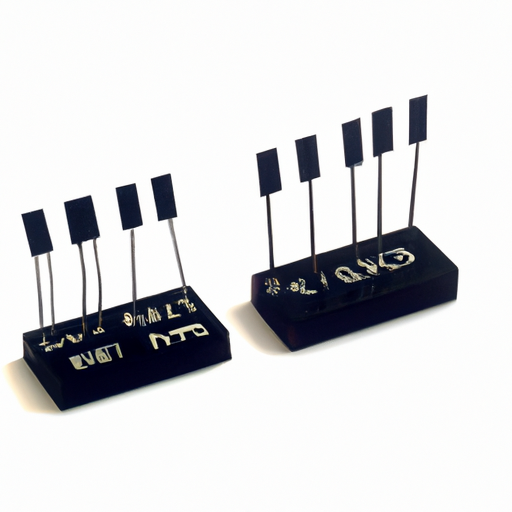Overview of Resistor Networks and Arrays
Resistor networks and arrays, such as the CFR-50JB-52-1K, are integral components in electronic circuit design. They consist of multiple resistors packaged together, offering a compact and efficient solution for various applications. Below, we delve into the core functional technologies, application development cases, and relevant articles that underscore the effectiveness of these components.
Core Functional Technologies
| 1. Compact Design | |
| 2. Improved Reliability | |
| 3. Cost Efficiency | |
| 4. Matched Resistance Values | |
| 5. Temperature Coefficient Matching | |
| 1. Signal Conditioning | |
| 2. Pull-Up/Pull-Down Resistors | |
| 3. Biasing Networks | |
| 4. LED Drivers | |
| 5. Audio Applications | |
| 1. "Understanding Resistor Networks and Arrays" | |
| 2. "Designing with Resistor Arrays" | |
| 3. "The Role of Resistor Networks in Signal Processing" | |
| 4. "Cost-Effective Solutions with Resistor Arrays" | |
| 5. "Temperature Stability in Resistor Networks" |
Application Development Cases
Articles and Resources
Conclusion
Resistor networks and arrays, exemplified by components like the CFR-50JB-52-1K, are vital in contemporary electronic design. Their compactness, reliability, and cost-effectiveness make them essential in a diverse array of applications, from signal conditioning to LED driving. By understanding their core technologies and exploring practical applications, engineers can significantly enhance circuit design and performance, leading to more efficient and reliable electronic systems.






